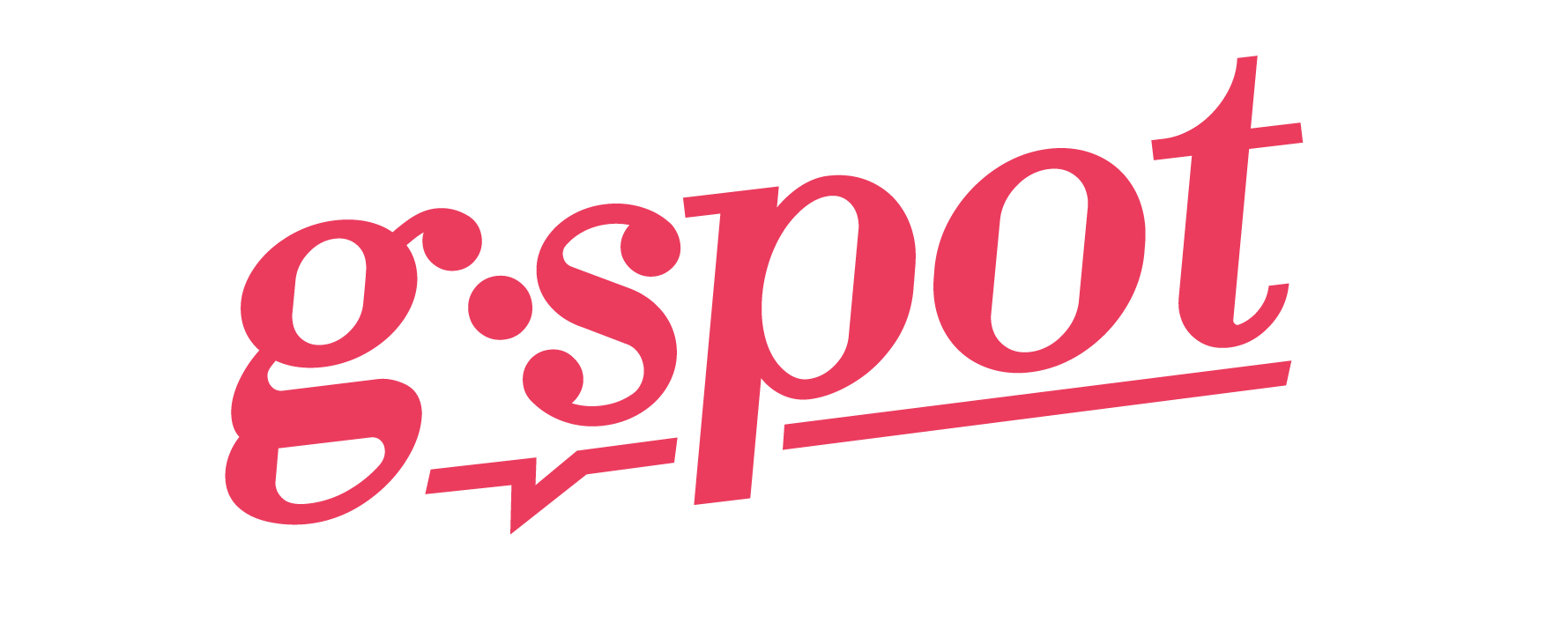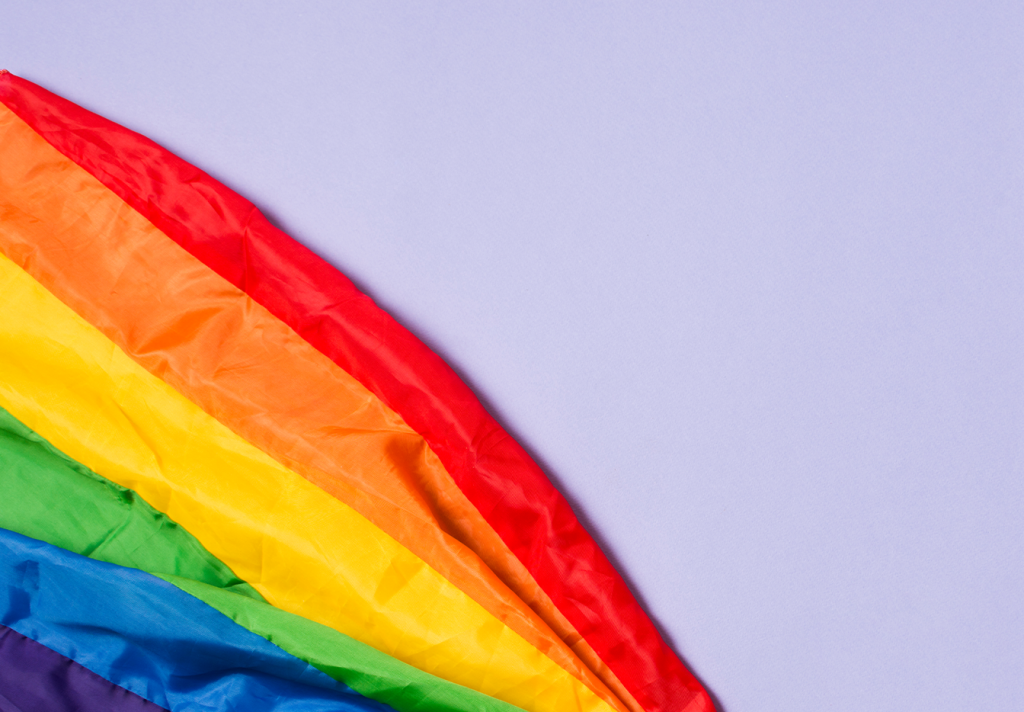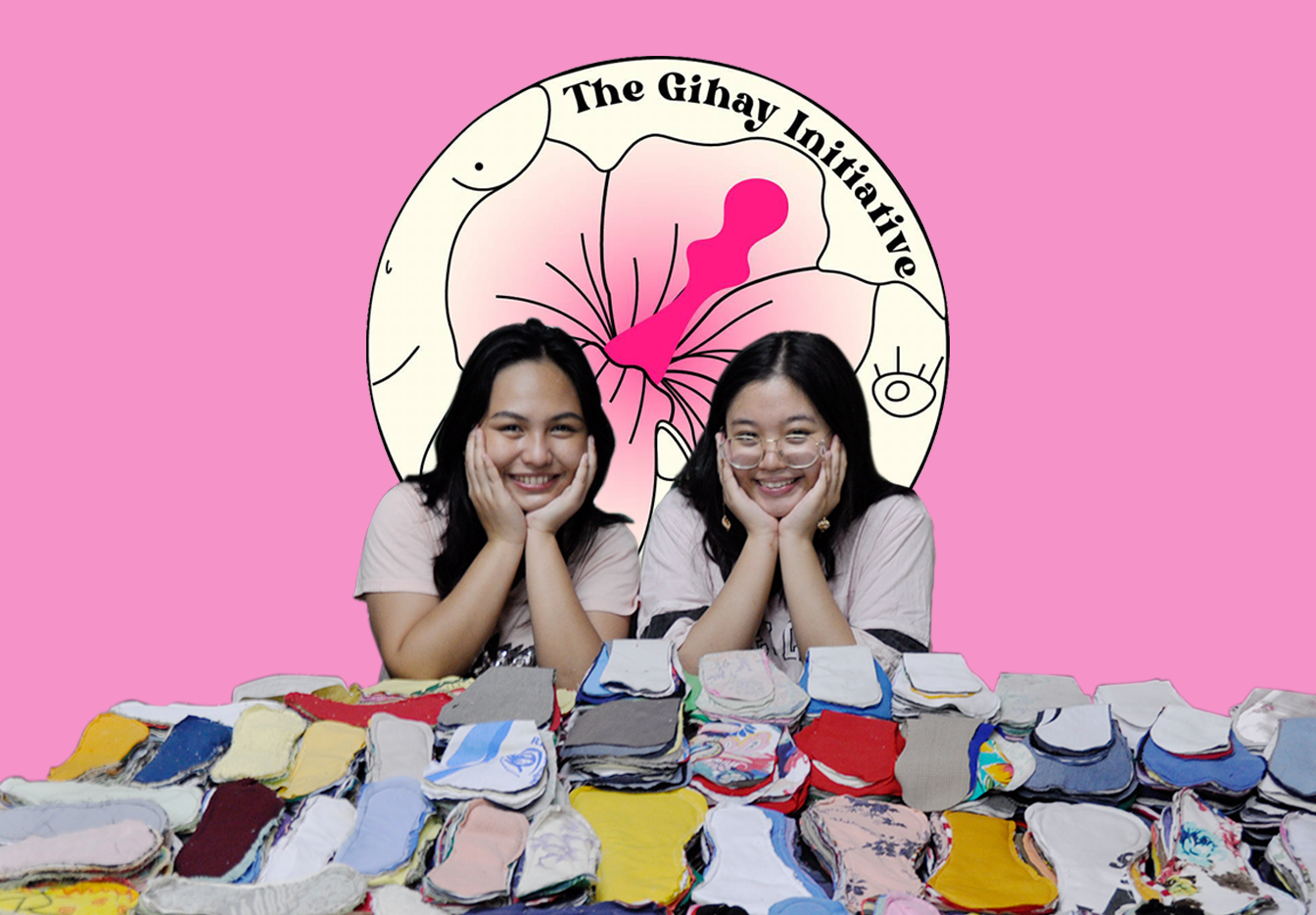Are progressives really making new genders fresh by the dozen on a daily basis? Those terms for sexuality didn’t exist during your time, so surely the experiences they express aren’t real? “Gimugna-mugna ra na sa mga kabatan-onan,” right?
After several conversations with straight men who refuse to get in bed with trans women and successfully getting them to understand that young people’s gender terms are just new language for old realities—I wouldn’t say I’m an expert on the subject, but getting someone to understand something new is a rare accomplishment these days.
This guide hopes to be your one-stop shop reference to get a grasp on gender through the SOGIE model and, hopefully, to make your transphobic peers shut up (so share this with them!).
Brief History of Gender
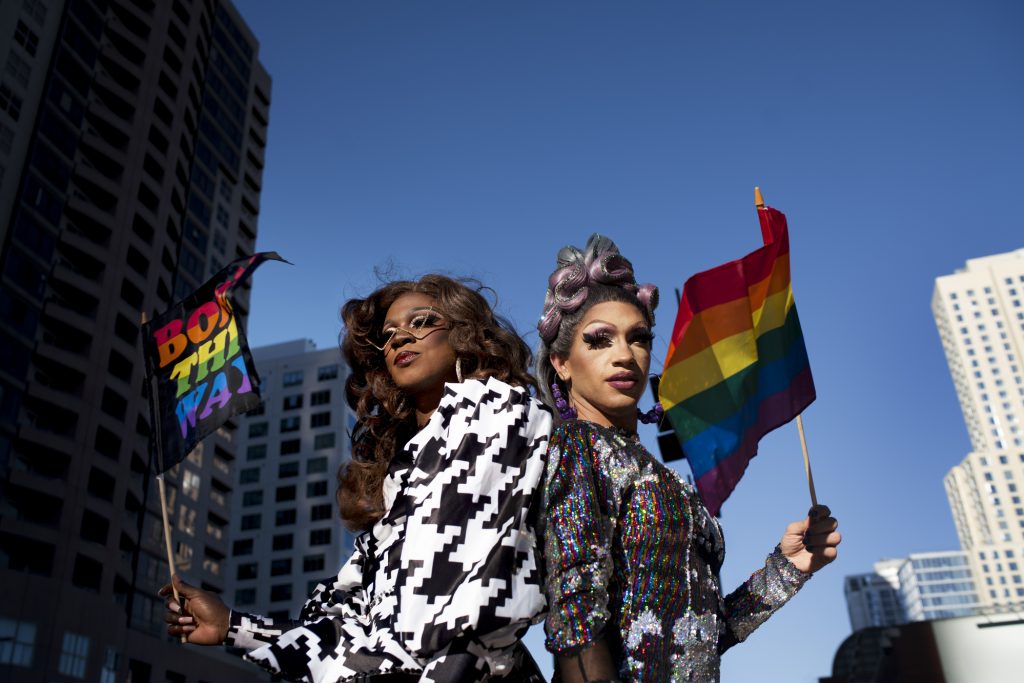
Before you reach any understanding of gender language, it’s important to first get out the way that trans and non-binary gender identities are not new – in fact, they are pre-colonial.
In pre-colonial Philippines, queer identities were revered in the form of the babaylan, catalonan, asog, bakla, among other terms. In pre-colonial America, many Native American tribes likewise had their own proto-trans identities, referred to today as “two-spirit”.
For most of the developing world, homophobia and transphobia are post-colonial phenomena. For most of the developed world, homophobia and transphobia are remnants of the union of church and state.
Gender is a Set of Spectrums
We are all different. We are all born different and we all grow different. Because of this, our experiences as people–including our experiences of the many facets of gender–aren’t quite infinite but it’s very close to that. As such, the easiest way to visualize the different facets of gender is as a scale or spectrum.
So, when new buzz terms or “buzz genders” pop up, these are not new genders. Rather, these are new terms referring to existing experiences of gender. Often, this comes from people finally putting to words what their unique experience of gender has always been and would prefer to use a single word over describing it in detail every time someone asks.
After all, is it more convenient to say “I’m attracted to men and women but my preference for women is so strong I can hardly, if at all, think of my attraction to men” or “semi-bisexual”?
Sex

A simple concept we all know and love. Sex refers to biological and medical characteristics that a person has, usually including one’s reproductive system, secondary sex characteristics, and hormones.
With technology, changes in diet, changes in medication, and even illnesses, things can happen to our bodies that could cause minor and major changes to one’s sex. This includes gender-affirming surgery, hormone therapy, menopause, balding (side note: hair follicle transplantation is gender-affirming surgery), PCOS, menarche, menopause, and so on.
Important Sub-Concepts:
- Sex Assigned At Birth – When you pop out of the womb or test tube or stork basket, medical professionals or your local Marites assign your sex, usually based on the genitals they can see. This is part of one’s sex but is not the only factor of sex. Remember this concept for our discussion on gender identity ahead.
- Chromosomes – There is currently a debate among geneticists as to whether sex is a spectrum, calling to question the “XX-XY” sex-determining chromosome system.
Orientation (previously “Sexual Orientation”, now “Attraction”)
Attraction refers to the gender/s that one is attracted to, whether romantically or sexually. Romantic and sexual attraction are separate. One could experience one form of attraction but not the other. One could even not experience attraction at all.
I am personally a good example of this distinction: While I am sexually and romantically attracted to men and women, I am significantly less romantically attracted to women.
Important Sub-Concepts:
- In our current socially-accepted paradigm, how one labels oneself in terms of attraction is determined by the gender identity of who one is attracted to. This is why we say that a heterosexual man is not one bit less heterosexual for being attracted to a trans woman.
- I personally believe that we should carefully transition to labeling attraction based on the gender expression of who one is attracted to, to avoid confusion in labeling.
Gender Identity
What’s in your head? What’s in your heart? Are you a woman? A man? A bit of both? Nothing at all (like me)? Gender identity refers to the mental and emotional experience that one has with gender or one’s innate sense of one’s own gender.
One is cisgender when one’s gender identity perfectly matches their assigned sex at birth. A person who was assigned female at birth and identifies as 100% female is cisgender.
One is transgender when one’s gender identity is anything other than their assigned sex at birth. Anything. This means that if, for example, you were assigned male at birth and consider yourself demi-male (an identity that is part-male-part-nothing in varying degrees), you are trans.
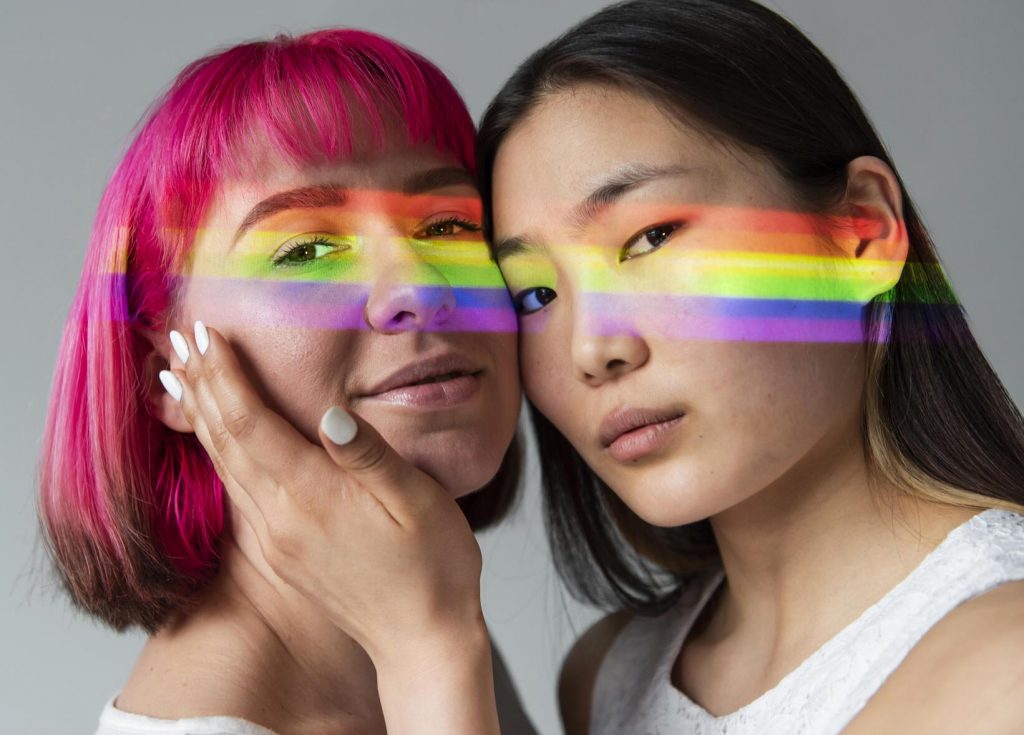
One is binary when one’s gender identity fits squarely into the male-female binary. For example, a trans woman is a binary trans person.
One is non-binary when one’s gender identity does not fit squarely into the male-female binary. This can happen when one identifies as a mix of both, as neither (like me), or regularly shifts between identities, or simply does not feel that the male-female binary resonates with or applies to their experience.
Important Sub-Concepts:
- Gender dysphoria is a recognized medical condition where one experiences intense distress over feeling that one’s gender identity and assigned sex at birth do not match. This is not a requirement to be considered trans.
- Like all facets of gender, gender identity is fluid. This means that one may experience changes in how one sees oneself as one goes through life.
- A “genderfluid” person is someone who, as described earlier, shifts between identities. This can happen either regularly or conditionally. While gender is fluid for everyone, people identifying as “genderfluid” have a unique experience with that fluidity, causing them to adopt the term as their identity.
- “Trans” is an adjective. As such, the correct form is “trans woman,” in which “trans” describes “woman”. The commonly used but incorrect form is “transwoman,” which is an unnecessarily compounded noun that may exclude trans women from womanhood.
Gender Expression
This refers to how you present yourself to the world in terms of behavior, clothing, and even your pronouns.
While gender expression is fluid and on a spectrum like all other facets of gender, this is the only facet that is mostly externally determined.
This doesn’t mean that other people choose your clothes and behavior for you. Rather, whether your expression is taken and thusly labeled as masculine, feminine, or androgynous is largely dependent on other people and their conceptions of what counts as masculine or feminine expression.
This is because our concepts of masculinity and femininity change through time and place (see: long hair, high heels, skirts, makeup).
Example for time: While people in the 21st century might view Renaissance-period European men as feminine, their expression was considered the peak of masculinity during that time.
Example for place: While most Westerners might view headbands as feminine, straight male Filipino youths considered it masculine to place a headband over their short hair.
Important Sub-Concept:
- Pronouns are not a part of one’s gender identity but of one’s gender expression. This is primarily because “he, she, and they” mainly fulfill a social function, which falls under the domain of expression. Pronouns are not identities but are used to approximately express and address identity.
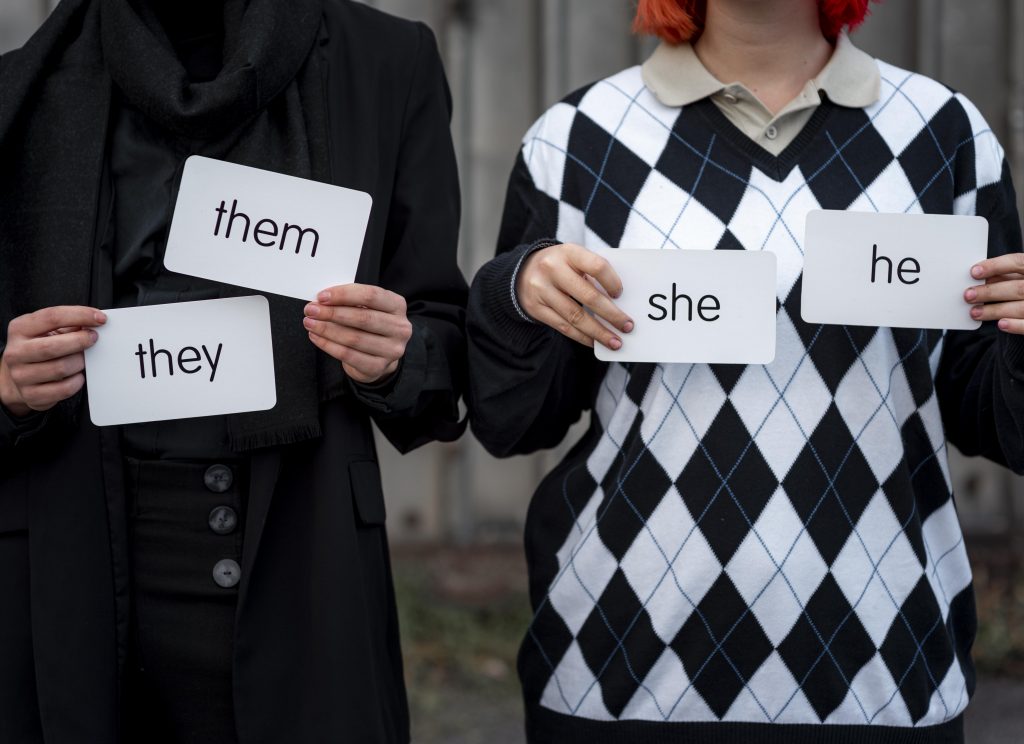
Moreover, people may not necessarily be comfortable using the pronouns typically assigned to their identity. Such is the case with many well-known trans women in Cebu who have, until recently, asked to still be referred to with masculine language.
Gender
The word “gender” on its own refers to the entirety of the gender experience, including sex, attraction, identity, and expression.
Some may use “gender” interchangeably with sex. Such is the case in more progressive environments or situations where your biological sex is not needed (unlike in a medical exam). While doing so is technically incorrect, it is still preferred over asking for a person’s sex, which may cause them to experience gender dysphoria.
Honestly, no reasonable person expects you to understand gender perfectly or to get the main concepts right after reading an article. Respect is a practice honed with experience and humility.
For as long as you stay kind and empathetic, you will not get canceled (which seems to be the only deterrent for bad behavior nowadays).
Be kind even when it’s difficult. Be kind even when you’re unsure.
Tommy Mitra (FKA Berns Mitra; they/them) is a pansexual agender person and was a Commissioner at the Cebu-City Anti-Discrimination Commission where they represented the youth sector in creating and implementing policies that protect all vulnerable groups in Cebu. They later became the USC official student publication Today’s Carolinian’s first openly queer editor-in-chief, serving from 2019-2022. In both roles, they have done multiple SOGIE talks over the years, discussing gender at the barangay and university levels as well as the barkada level.
